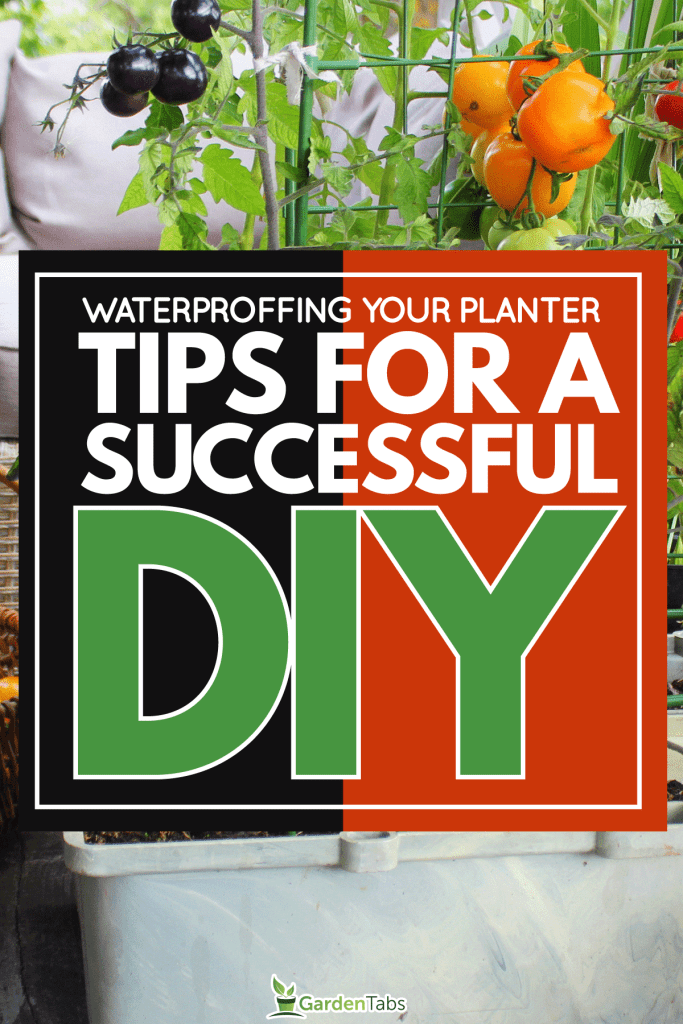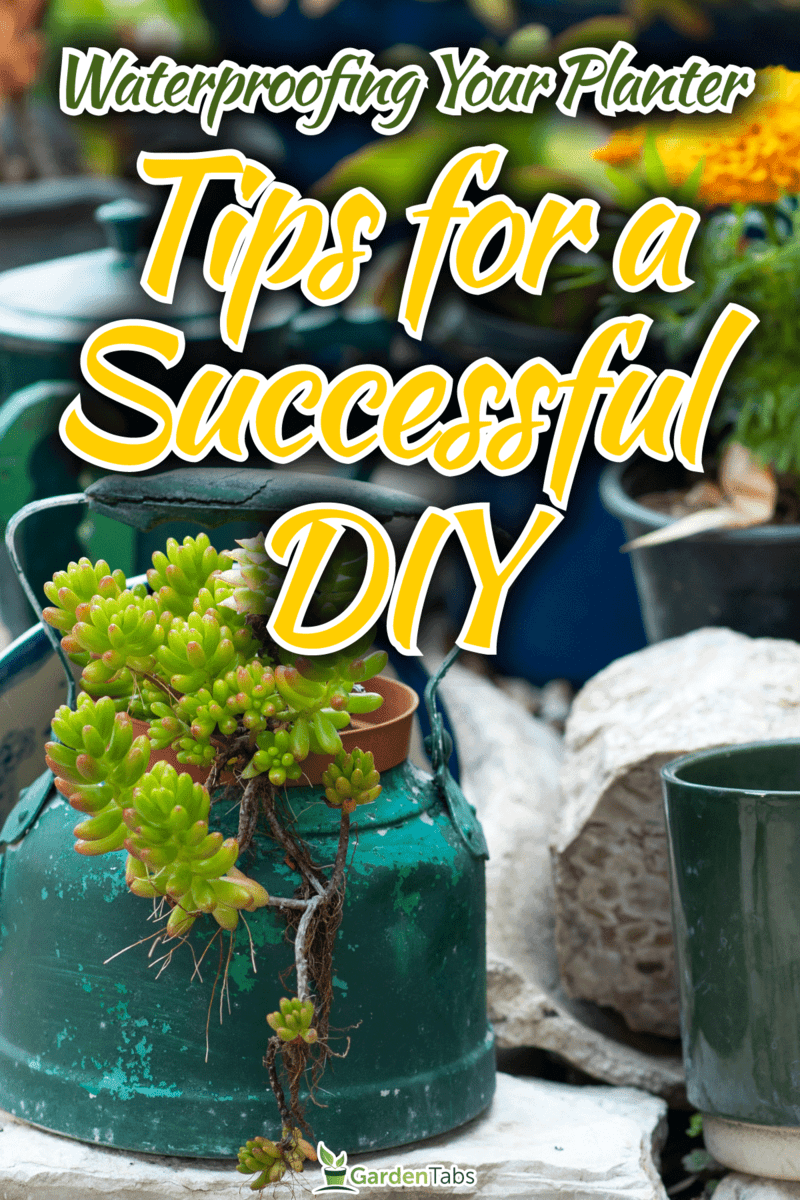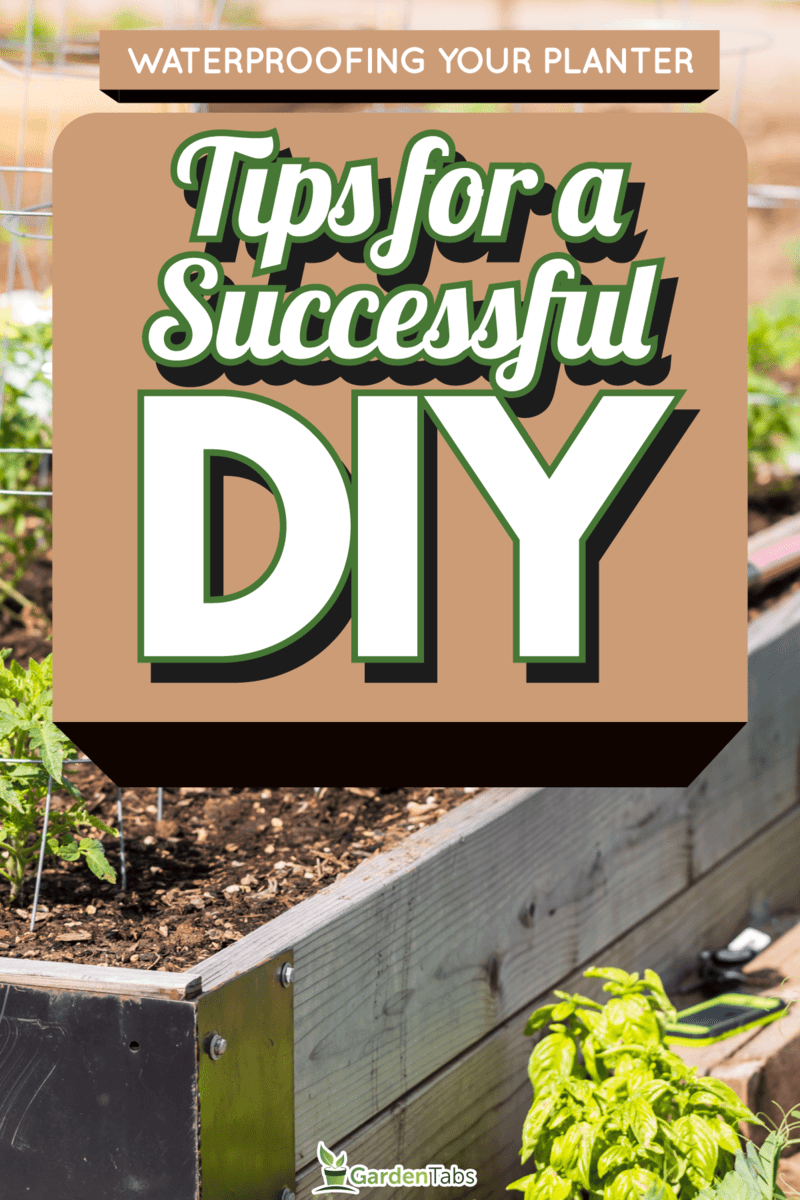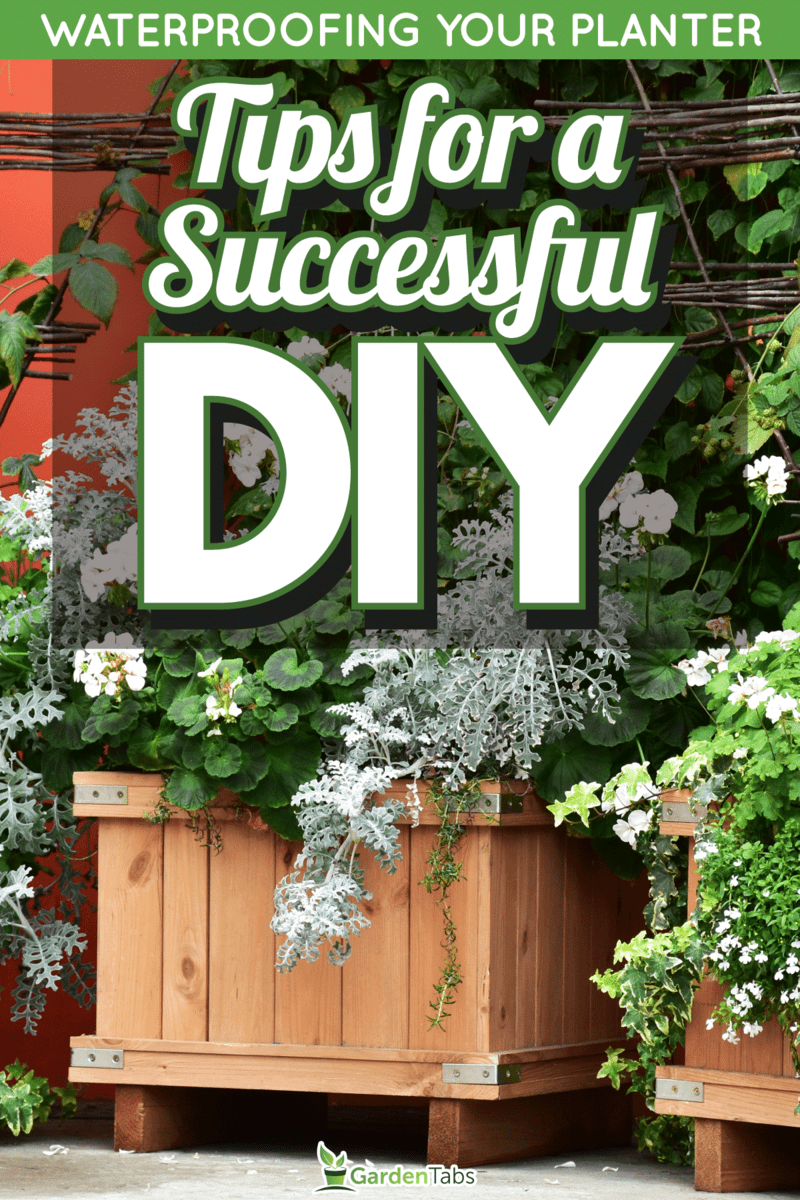Finding new ways to add plants to your garden is always fun. For example, do you want to try incorporating planters into your landscape but haven't yet waterproofed them? Is there an easy way to do this? We've researched this topic and have ideas to share!
When waterproofing a planter, you should ensure that all sides are secure. You can add a plastic liner inside the planter to waterproof it. The liner will eventually be covered with dirt. You can also use an oil-based wood preservative or sealant spray to waterproof your planter.
In this article, we will cover waterproofing planters and give other tips and tricks for DIY garden projects. Whether you're trying to spruce things up, have a planter already built, or need to start from scratch, we've got you covered. With that said, let's dive right into this topic!
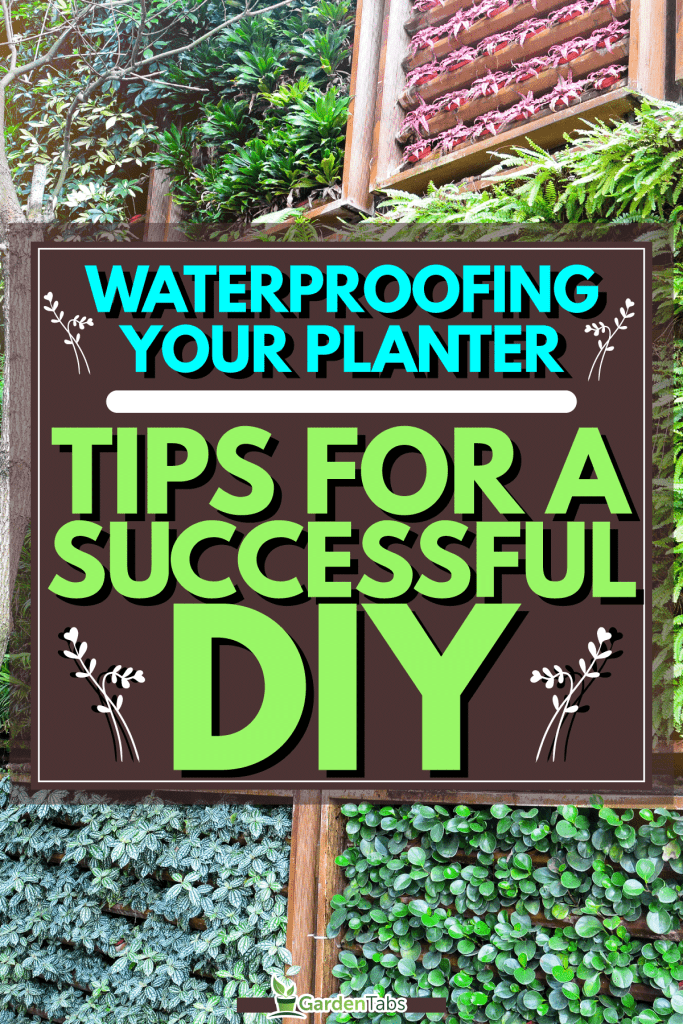
What Is The Best Way To Waterproof A Planter?
To waterproof a planter, you should make sure that your planter (regardless of material) has no broken seals or areas where water can leak.
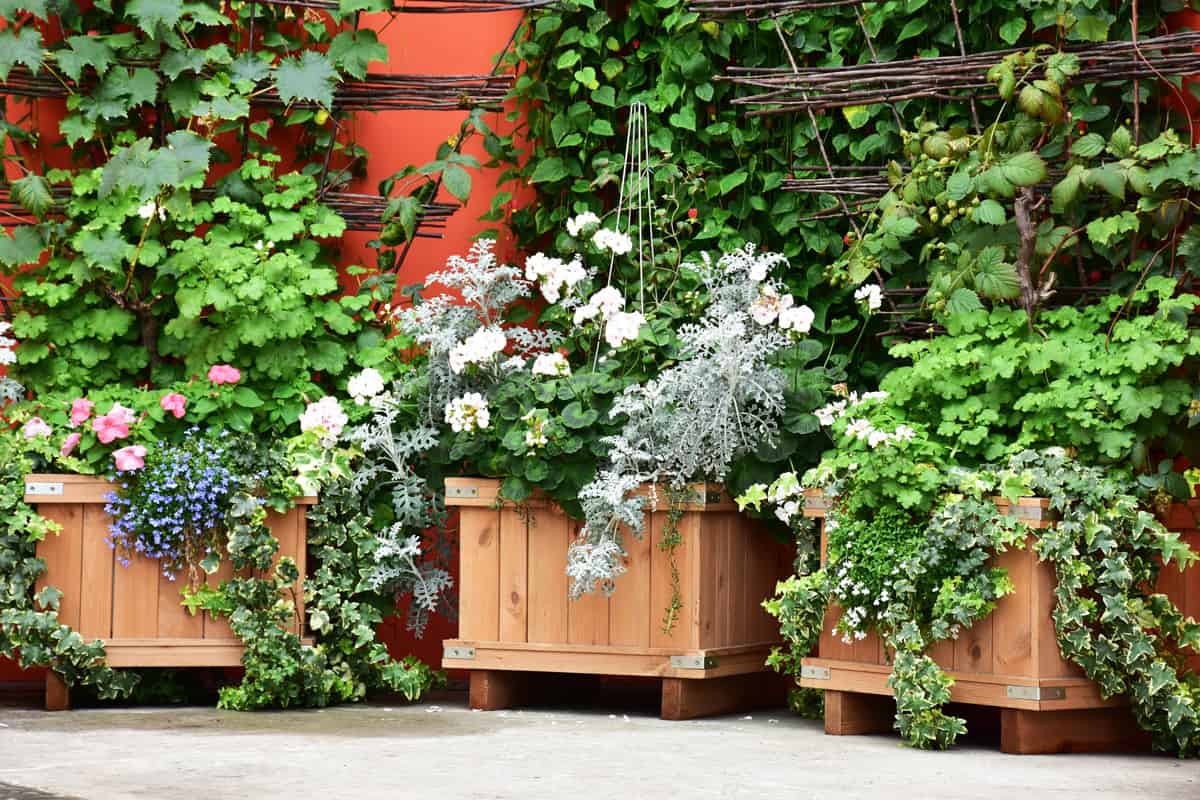
Each side of your planter should be secured, whether it's with adhesive, nails, or screws. You can also use waterproof caulk for this.
Next, we recommend sealing your planter with an oil-based preservative or waterproofing spray. Generally, this step focuses more on wood planters, so keep that in mind.
Wood planters are the most popular, and they often run into issues with drainage and construction.
The next step for waterproofing a garden planter is to line the interior with a plastic tarp or sheet. You can cut a weatherproof tarp down to size.
Check out this tarp on Amazon.
This will essentially keep moisture inside your planter, whether wood, metal, ceramic, or any other material. Note that you don't want to get rid of the drainage in a planter entirely.
Although it's not good for your garden planter to leak, it must also properly move water to avoid root rot and other fungal infections in your plants. Try and create a single pathway for water to move through the container.
Using a sealant or preservative spray on the exterior of your garden planter is also crucial for waterproofing, as wood will rot over time.
Do I Need To Seal The Inside Of My Garden Planter?
Depending on the material, you might prefer to seal the inside of your garden planter. Typically, this will extend the container's life, especially with wood structures.
Many DIYers suggest sealing the interior and exterior of a wooden garden planter as it is more prone to rotting over time.
Unlike a cement planter that won't degrade much or at all, wooden garden containers have a much shorter lifespan.
The same goes for metal planters, which can rust and fall apart. Spraying them with a waterproofing sealant is an easy way to block water and keep them looking good in your landscape.
We recommend using a waterproof caulk inside the planter to secure all the pieces together.
Check out this caulk on Amazon.
Waterproofing the inside of a planter, regardless of its material, can also help keep pools of water from developing. Adding a channel for excess moisture to flow from your garden container/planter will help with its structural integrity.
As mentioned, this can be as easy as lining the interior bottom of a planter with plastic.
How Do I Waterproof A Block Planter?
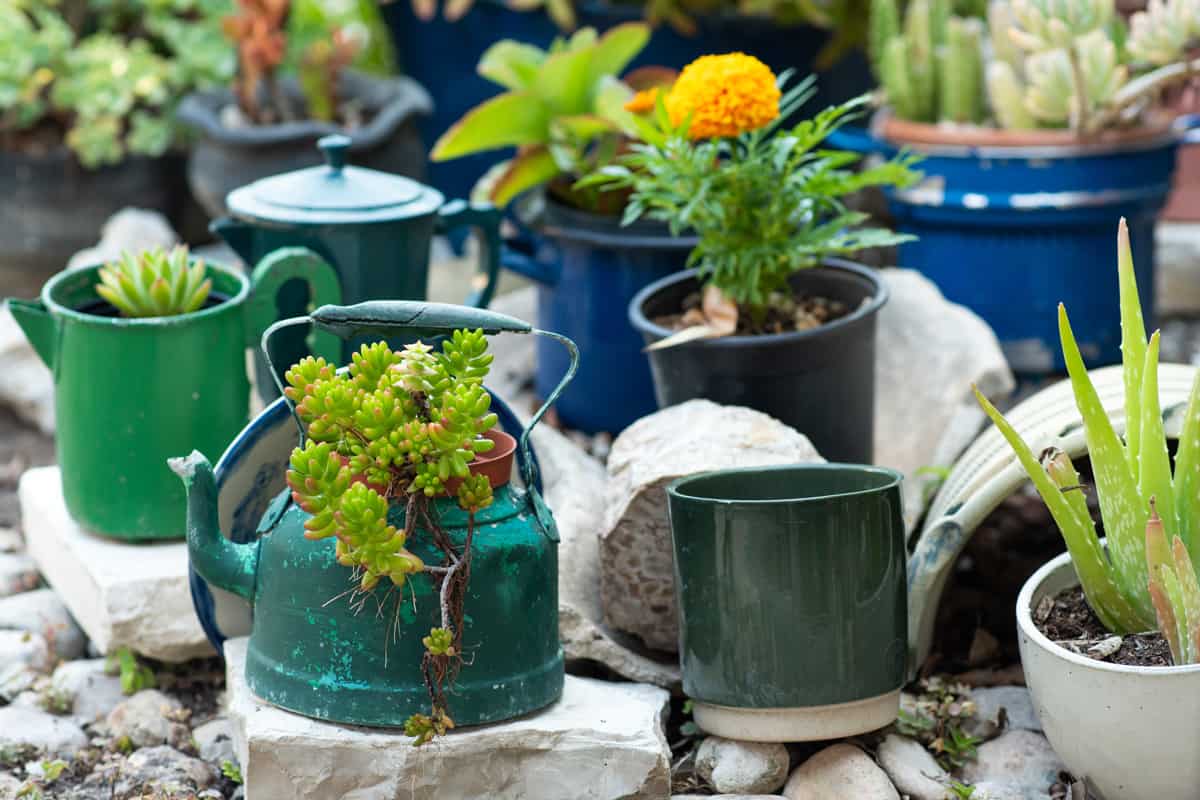
For anyone with a block planter, waterproofing shouldn't be too hard. First, you want to clean the inside and exterior of your planter container. We recommend rinsing it down to get rid of any debris.
Once your concrete block planter dries, you can install drainage points, where water will channel out.
Next, apply an even coating of a concrete-friendly sealer, like Drizoro Maxseal Flex, to the inside and outside of the block planter.
It will take roughly 10-14 days for this to fully cure on your planters, although you'll be fine to start adding soil and vegetation after 24-48 hours.
You may even prefer a second sealer coating for concrete block planters, so this could be a multi-step process.
Additionally, not all concrete block containers will need as much waterproofing as others, depending on how porous they are.
Since concrete is stronger than wood, block planters tend to be hardier in the elements. Their main drawback is their aesthetics, but from a structural standpoint, these may be your best for waterproofing/weatherproofing.
How Do I Waterproof A Metal Garden Planter?
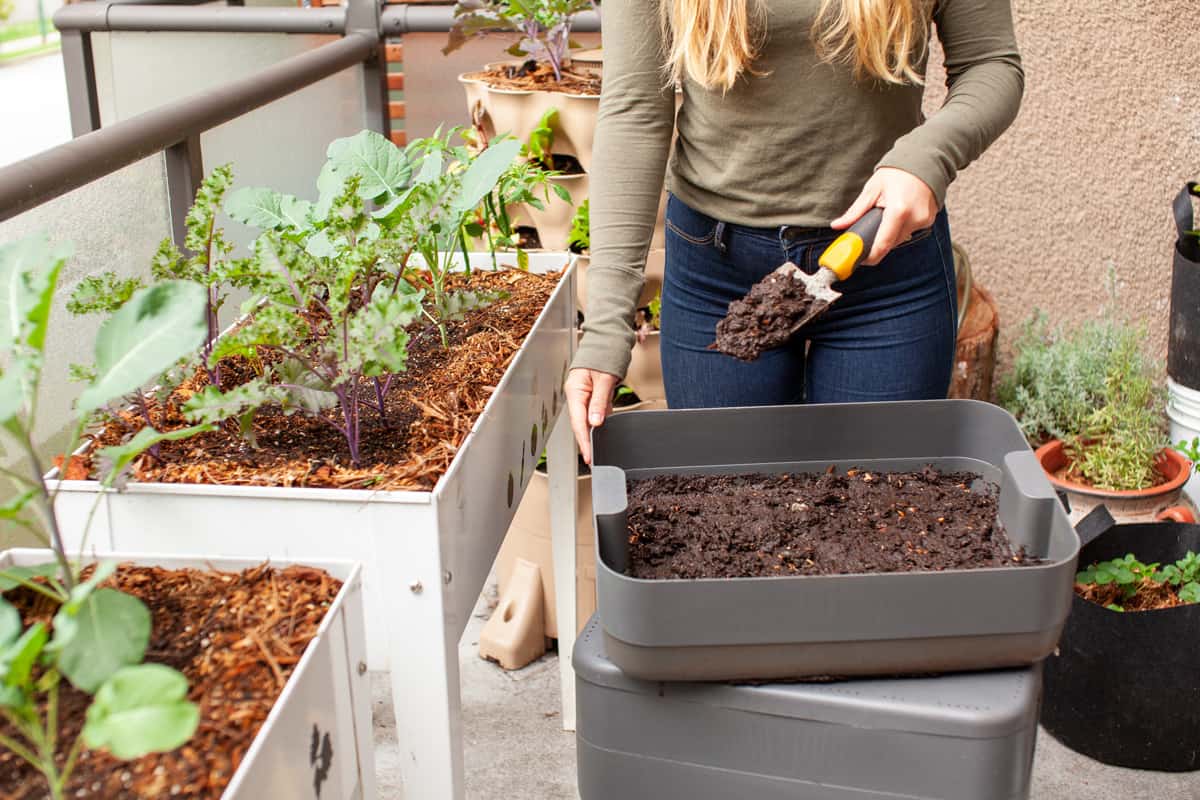
You'll need to apply a waterproofing product to the inside and exterior of a metal planter. Adding a layer of waterproof foam along the inside of your planter is a great first step.
After that, you want to drill a hole in the bottom of the pot for drainage. You can also apply weatherproof paint to the exterior. For example, if you want to add color to your garden, you can paint the metal with a water-resistant product.
This helps the structural integrity of your planter as well as the aesthetics. Metal garden planters tend to have an industrial look, which not everyone is comfortable with.
Should I Line A Metal Planter With Plastic?
Although you don't have to do this to waterproof metal, placing a plastic liner inside your container can be helpful.
According to DIY pros, using a plastic bag or sheet as a liner if your planter box is made from wood or metal is always beneficial.
On top of that, you can also place an additional plastic pot into your metal planter. This essentially "lines" it without requiring too many sprays, caulking, or paint.
However, you want to try and fit the plastic pot into your container as tightly as possible, or the exposed metal interior will rust. It might be better to spray the entire metal structure with a sealant and add your plastic liner.
You want to protect whatever metal is showing and may come in contact with moisture. Over time, you may need to spray an additional coating of metal sealer on your planter, especially if corrosion happens.
How Do You Waterproof A Wooden Garden Planter?

One of the more problematic garden planter materials is one made of wood. As we covered, wood garden containers tend to rot over time.
Therefore, you must protect them with an oil-based wood preservative or sealant spray inside and on their exterior. Another way to do this is to line the inside of a wooden planter with plastic.
Like metal or cement planters, wood also needs a central drainage point. You can drill your hole at the center bottom of the container, cover the inside of the wooden box with plastic, and cut a hole into the tarp/sheet.
This will prevent rotting while also moving moisture out of the box and into the nearby environment. In addition to that idea, you can also try and drill your holes for drainage and then cover them with landscape fabric.
The difference between a standard tarp and landscape fabric is that landscape fabric offers pores for the water to travel through.
In contrast, a plastic tarp will not allow water to permeate it. So, having a layer between your wood, its drainage, and the surrounding soil is a good idea.
Here's a great video tutorial from YouTube for anyone wanting to make their own wood planter and waterproof it:
What Is The Best Planter Material For A Garden?
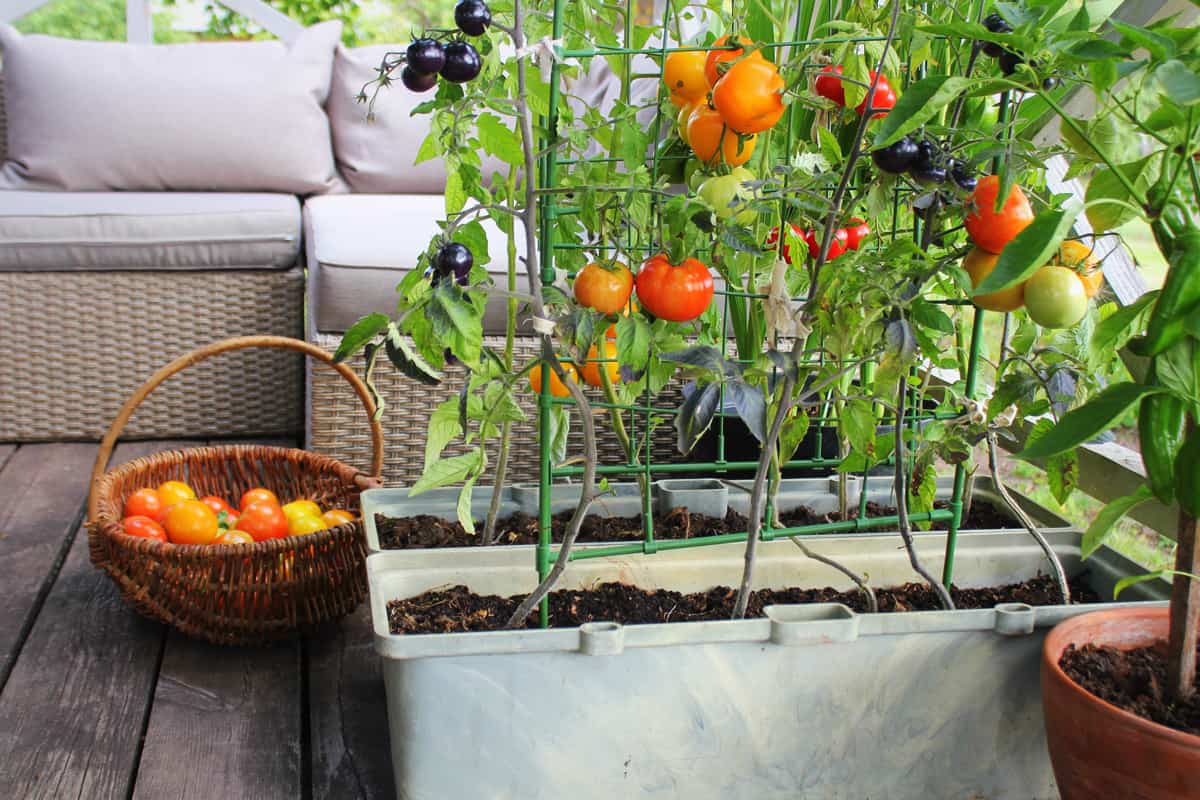
The best planter material for a garden is one made of plastic. Plastic already has water and weatherproof capabilities, but it's also better over time.
For example, a plastic garden container with plants will likely outlast a metal or wood, as it doesn't rust, rot, or degrade. Plastic is a synthetic material, often allowing it to withstand all climates.
According to DIYers, fiberglass and concrete are another two materials to use for planters.
These are also low-maintenance choices, as fiberglass is waterproof, and concrete may only need a light sealant coating and a plastic lining on its interior.
To Wrap Up
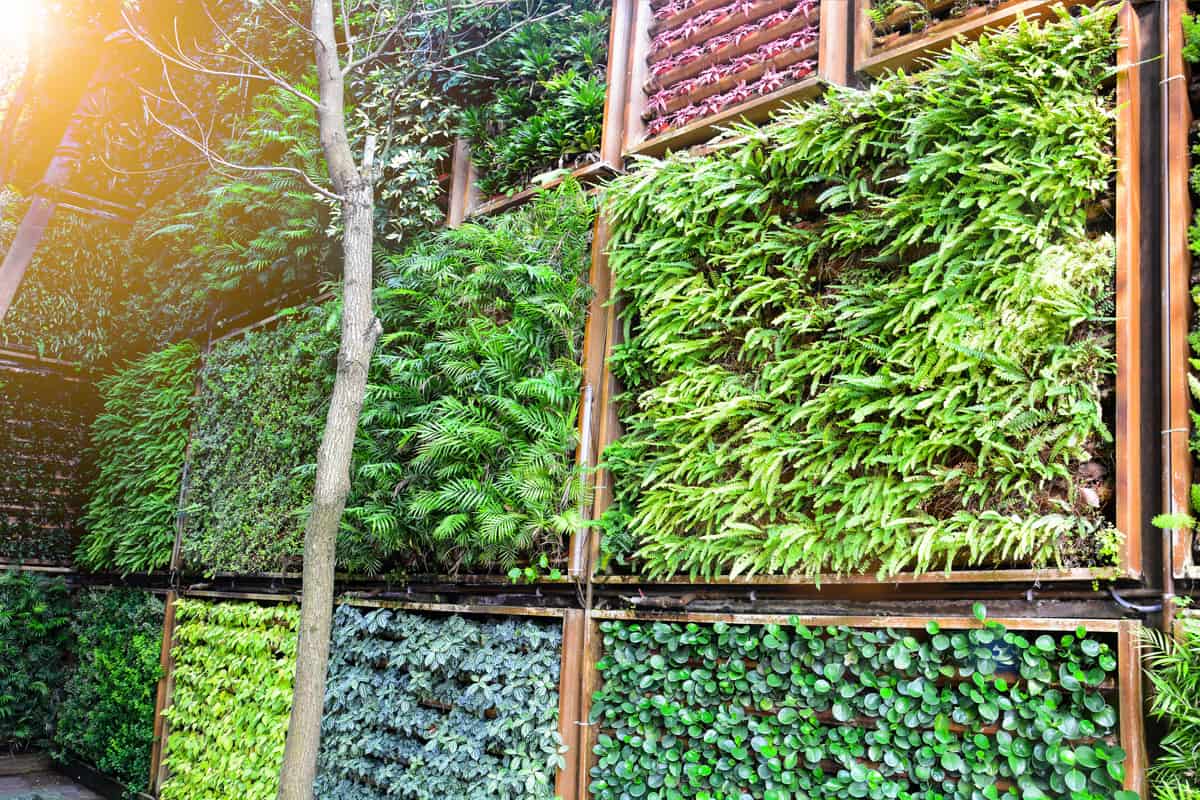
Finding the right garden planter isn't always easy. However, we found that sealing your container should be as simple as applying a sealant, lining the interior of your planter, and ensuring there is a central area for drainage.
Whether you choose wood, metal, concrete, plastic, or fiberglass planters for your garden, we recommend weatherproofing them/protecting them as needed.
Some materials won't require this, while others need a protective finish. Wood and metal are two of the neediest planter materials, so pay closer attention to them in your landscape. Good luck!
Here are a few other articles you may want to read:
How To Make Concrete Planters Lightweight And Durable

